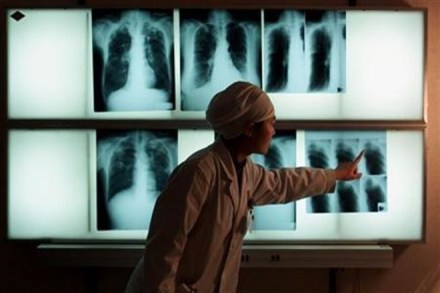Given how crucial accurate and timely diagnosis is for reducing disease burden, an easy and fast TB detection method, developed by scientists at the George Mason University (GMU), could prove revolutionary for the fight against TB in the developing world, where the burden from the disease is the highest. TB remains a major global killer—in 2016, 10 million new infections were reported and 1.7 million people died of the disease. The impact is further amplified by the fact that the disease has a strong linkage with a weakened immune system—and thus worsens the net impact of immune disorders and even poor nutrition. What’s worse, the TB pathogen, Mycobacterium tuberculosis, has shown a propensity to mutate, making multi- and extreme-drug resistance a fast-growing and serious problem.
TB’s defining symptoms manifest only at an advanced stage of infection—in 40% cases, the disease is not even reported until symptoms become obvious. Diagnosis is currently made via a skin test, called the Mantoux Test, or bacterial culture from patient’s sputum. But, in both methods, results take a couple of days. In the case of severely immune-compromised individuals and persons suffering from a primary drug-resistant infection, even such a short time-window can make a critical difference. The GMU team has developed a urine test that gives results in around 12 hours—the test confirms TB by detecting a sugar present on the surface of the TB bacteria in urine, where, in infected people, it is present in low concentrations.
Molecular cages containing a dye that binds to the sugar are used, and the test is reported to be 1,000 times more accurate than previous bids to identify TB via urine tests. Deploying this in countries like India—the country with the highest TB burden—could make a significant difference to public health.
